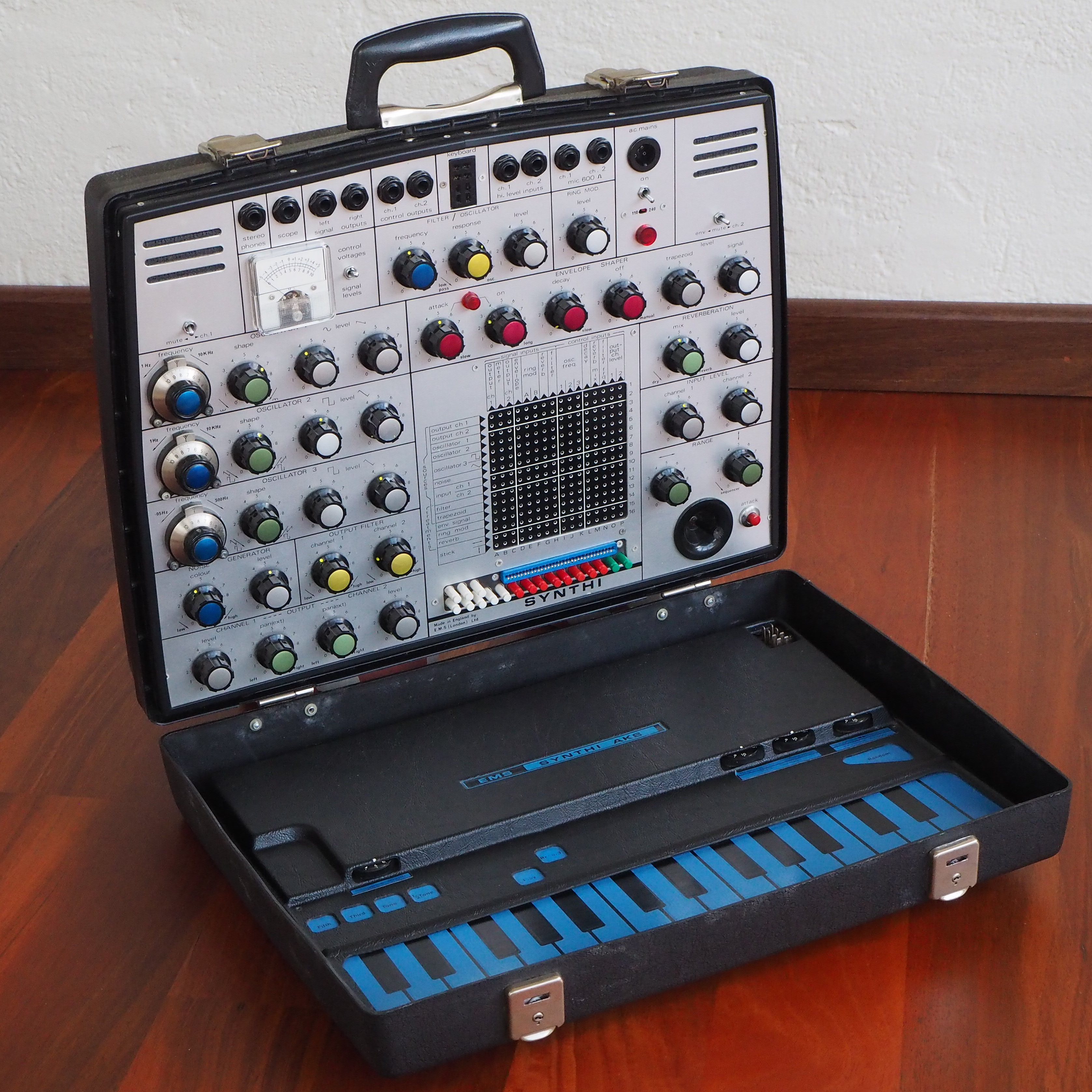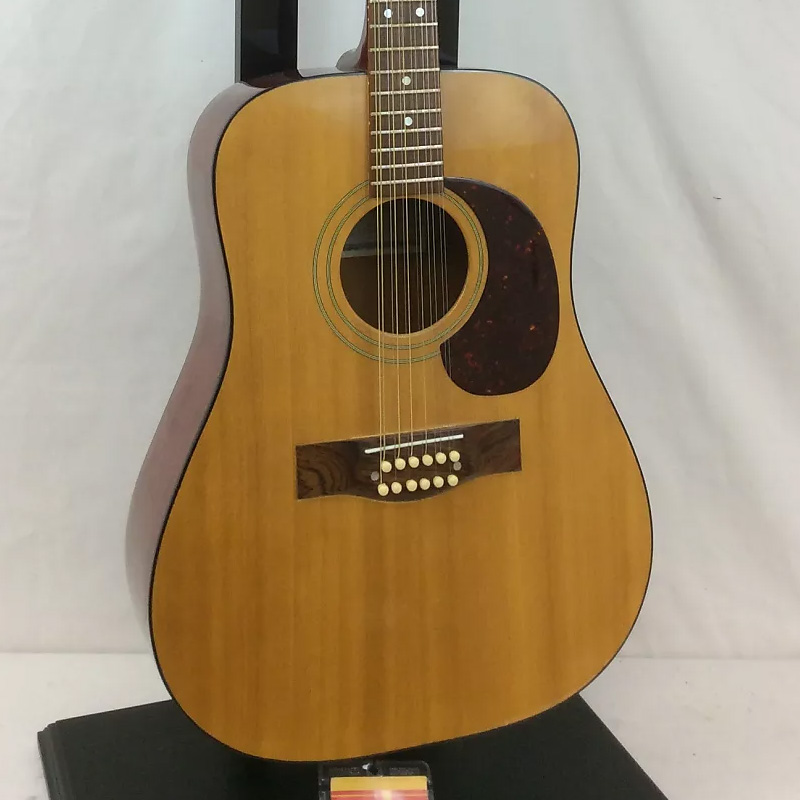A confluence of dates marked the end of the ‘60s and drew a line in the sand of rock music. It was as though crossing into a new decade meant wiping the slate clean. On August 17, 1969, Woodstock ended in a wild mess of mud and Jimi Hendrix’s feedback; five days later, on August 22, The Beatles gathered for the last time ever as a foursome. Within the new year, Hendrix would overdose and The Beatles would implode with acrimony.
But too much is made of the sad endings. Just a month prior, a phenomenon in space heralded a new beginning. Apollo 11 touched down at Tranquility Base on July 20, the United States put a man on the moon for the first time, and David Bowie was there to greet us. Nine days prior he had released “Space Oddity,” a song that producer Tony Visconti initially dismissed as a cheap ploy to cash in on moon mission fever. The two later would become studio compatriots for life.
To be sure, many of their sonic secrets over the years went unrevealed and undocumented; maybe Bowie himself wasn’t sure how his happy accidents happened. Yet enough documentation exists to tell us how he conjured galactic magic through studio craft. How did he do it? Here’s a quick look.
Ground Control to Stylophone
There’s a lovely glissando that lifts “Space Oddity” into upper reaches of the stratosphere. And given that Yes keyboardist Rick Wakeman played on the Space Oddity session, you could assume he achieved the effect through a cabinet-sized synthesizer. But the answer was literally in the palm of Bowie’s hand. The Stylophone is a miniature instrument with tiny, voltage-controlled keys, played with a stylus resembling what kids use with handheld video games. As usual, the Thin White Duke was ahead of the curve; the instrument had just debuted in 1968. The good news: You can land a reboot of the Stylophone for as little as $20 online. And now the bad: This instrument is kind of a one-trick pony that you’ll need to finesse to avoid sounding like one of Bowie’s star children.
Rocket Power: Trident-A Range EQ
Space Oddity and subsequent Bowie sessions were recorded at Trident Studios in London. Once Bowie adopted his heavy rock stomp as heard on The Rise and Fall of Ziggy Stardust, A-Range EQ from Trident — according to Softube and Universal Audio, which offer licensed plug-in versions of the classic console — became part of his mojo bag. It’s an example of Bowie playing the studio itself as an instrument. This delicious sounding four-band EQ swiftly dials in a British snarl with attitude and character. Plug-in companies, such as Universal Audio, Softube and Waves, have licensed reproductions available. Go for it, as an original A-Range console is out of reach: Only 13 are known to exist.

Modular “Synthi” AKS: The Thin White Duke’s friendly “Lodger”

Visitors to the world-touring “David Bowie Is” exhibit, which hit Chicago in 2014, got a tantalizing glimpse of the EMS AKS Synthi, heard prominently on Heroes and Lodger. Built in London by Electronic Music Studios, it looks like a suitcase — only it bears a lovely spaceship-like control panel with pegs and a rainbow of colored knobs. The pegs marked a step up from patchcords and like many proto-synths of its day, it defies imitation by any 21st century keyboard. Extremely hard to find, you could easily pay $18,000 for one and call it a score. David didn’t have to fork up, though: The one he used was eventually given to him by Brian Eno in 1999.
Visconti and Bowie: Studio Heroes
Once Visconti and Bowie teamed up, the partnership would last for more than four decades. Here’s an example of how they used the most remarkable instrument of all, Bowie’s voice, to produce a studio sound unlike any other.
On the song “Heroes,” Visconti set up three mics, one in front of Bowie, one 15 feet away and another down the hall at a much longer distance. Visconti put gates on the two distant mics, so Bowie’s deep voice in the early verses wouldn’t open them up. But his loud voice opened mic two, and his screaming opened microphone three. With three mics going, all the reverb and reflection you hear comes from the room Bowie sang in. Remarkably, Bowie and Visconti pulled it off with just one open track on a 24-track machine, part of the motivation for the multi-mic strategy.
Harptone 12-string

At the “David Bowie Is” exhibit, you could press your face to a glass and stare down at Bowie’s 12-string acoustic from inches away. It’s not a pretty instrument: The Harptone 12-string has a headstock that looks like a horse head with horns. The Reverb research team tells us that Harptones were built in Newark, New Jersey, a most un-galactic place if ever there was one. Better known for its guitar cases than its guitars, Harptone went bust in the mid-‘70s, and though George Harrison played a six-string Harptone at The Concert For Bangladesh*, no star we can think of has played the 12-string. But they were available for a time in London, and Bowie strummed his way to fame on his trusty Harptone as heard on “Space Oddity.”
As many Reverb readers will gladly point out, Bowie brought new sounds back to Earth. These became trademarks as much as his lyrics, androgyny and wild vocal delivery—a froggy baritone on one cut, a nasal tenor yelp for joy on the next.
It’s a good thing Bowie beat Apollo 11 to the moon. “Space Oddity” gave Bowie his first big hit, followed three years later by “Starman.” So while rock put one era to rest, Bowie heralded the next in a meteor shower of glam fairy dust. He forced any and all music fans mourning a dead decade to think ahead, look up into sky and freak out in his new moonage daydream.
ABOUT THE AUTHOR: Lou Carlozo
Lou Carlozo is a studio musician, engineer and producer based in Chicago and a former Chicago Tribune music editor and writer. In 2013 he scored and performed the soundtrack for the independent comedy We’ve Got Balls, which won multiple awards on nationwide festival circuits.
*Thank you Matthew Kasman
